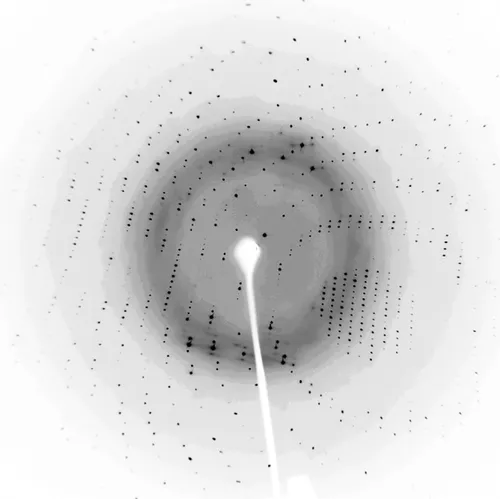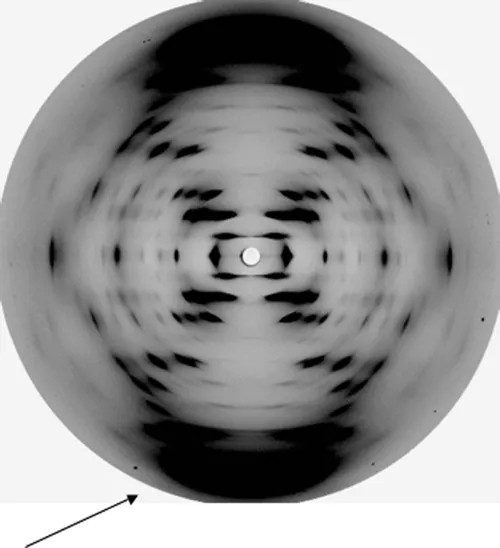1.1 Introduction
Our knowledge of DNA and RNA three-dimensional structure has advanced immeasurably since the elucidation of the first such structure, that of the DNA double helix in 1953 by Watson and Crick in conjunction with the X-ray fiber diffraction data of Franklin and Wilkins. Fiber diffraction methods subsequently enabled the morphologies of a whole range of nucleic acid double helical types to become established. More recently, the relationships between DNA primary sequence and the fine details of its molecular structure have become increasingly understood, in large part from single-crystal and nuclear magnetic resonance (NMR) structural studies on defined-sequence oligonucleotides. DNA structure continues to surprise with its ability to exist in a wide variety of forms, such as left-handed and multiple-stranded helices. The study of RNA structure has a more recent history, which has revealed that RNA can fold in a wide variety of complex ways as well as occur in double-helical form. There is now a very large amount of experimental information on the structures of protein-DNA, protein-RNA, and drug-DNA complexes.
The discovery of the double helix, as Watson and Crick realized, immediately provided fundamental new insights into the nature of genetic events. We now have extensive knowledge of both the detail and the variety of DNA and RNA structures themselves, together with the manner in which they are recognized by regulatory, repair, and other proteins, as well as by small molecules. All this is giving us altogether more profound levels of understanding of the processes of gene regulation, transcription and translation, mutation/carcinogenesis, and drug action at the atomic and molecular levels. We are now beginning to piece together how all this works in the context of eukaryotic chromatin, so the challenges over the next few years will be to study the structural biology of large-scale DNA-protein structural assemblies just as has already been done for the ribosome.
These advances in nucleic acid structural studies have been largely due to the increased power and sophistication of the experimental approach of X-ray crystallography, which have provided most of the highly detailed structural information to date. The dominance of the crystallographic approach still continues, and is reflected in the emphasis of this book. NMR spectroscopy, molecular modeling/simulation, and chemical/biochemical probe techniques also play important roles in providing information on structure, dynamics, and flexibility that can approach near-atomic resolution in at least some of its detail. Traditional spectroscopic-based biophysical methods can provide important complementary information, mostly at the macroscopic level. More recently developed techniques such as surface plasmon resonance spectroscopy and single-molecule methods, are extending their power so that the gap is now diminishing between macroscopic data on nucleic acids which the more traditional methods provide, and that at the atomic level. Underlying all of this progress have been the significant technical advances, notably in (i) the development of routine chemical methods for oligonucleotide synthesis and purification at the milligram level for both DNA and the more demanding RNA sequences, and (ii) the advent of efficient (and increasingly routine) cloning and expression systems for RNA and DNA-binding proteins, and for native RNA molecules.
This chapter provides a brief introduction to the two major structural methods, emphasizing their scope as well as their limitations for nucleic acid structural studies.


